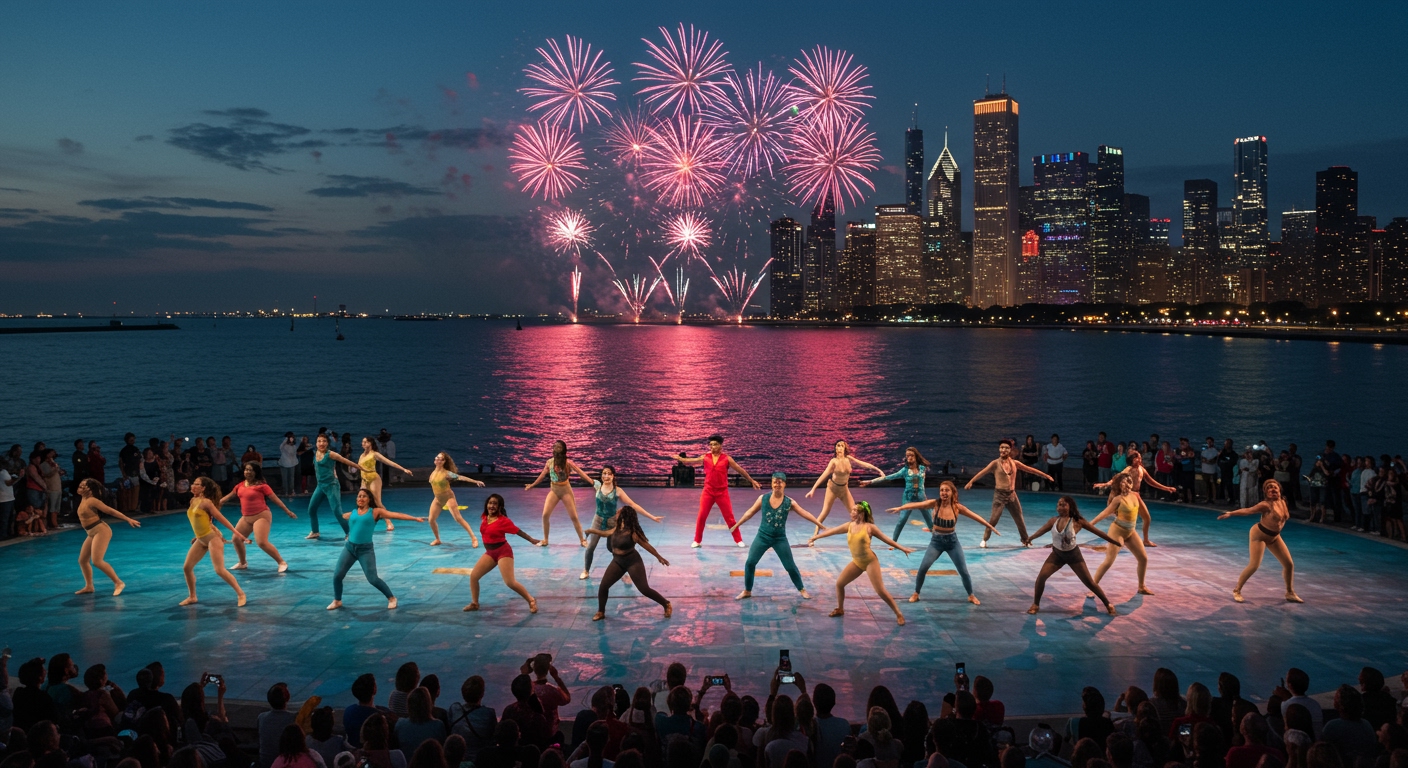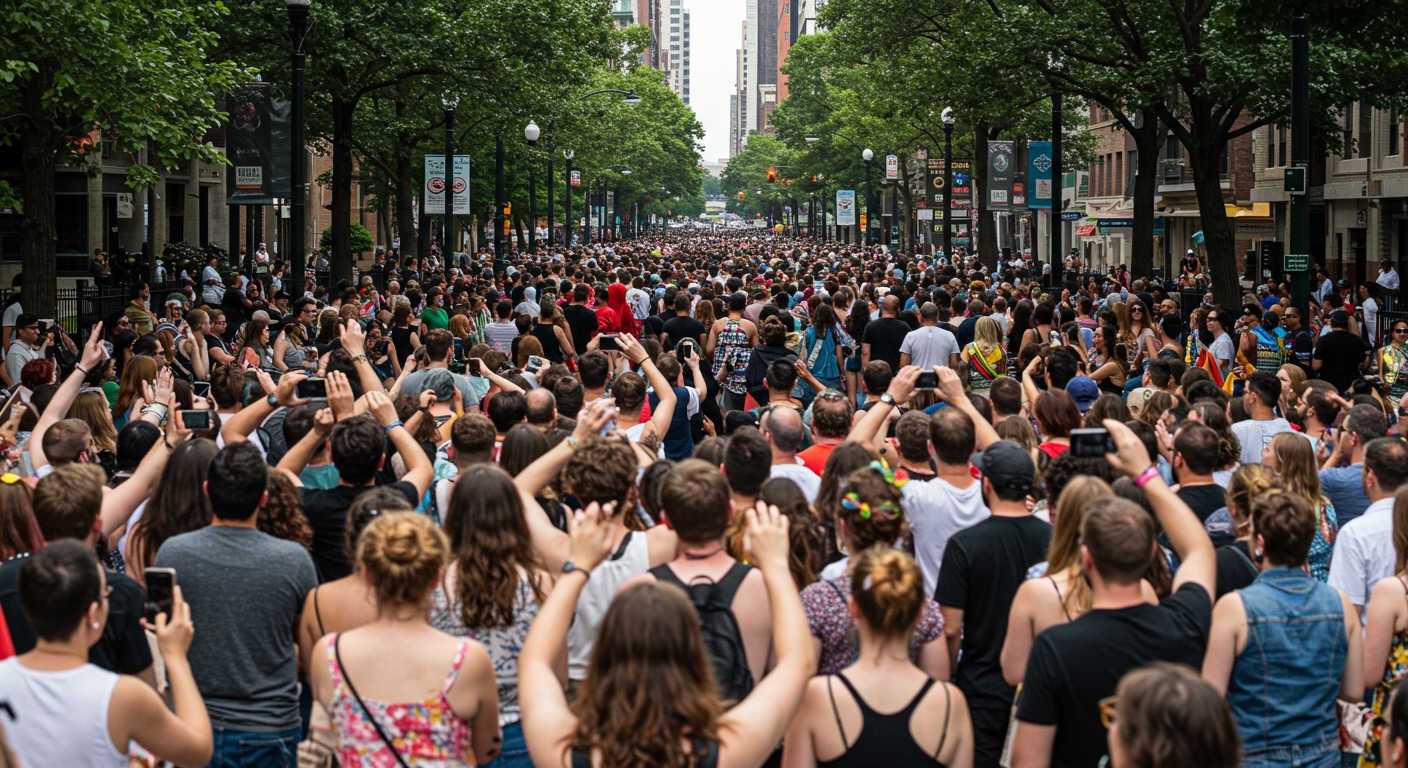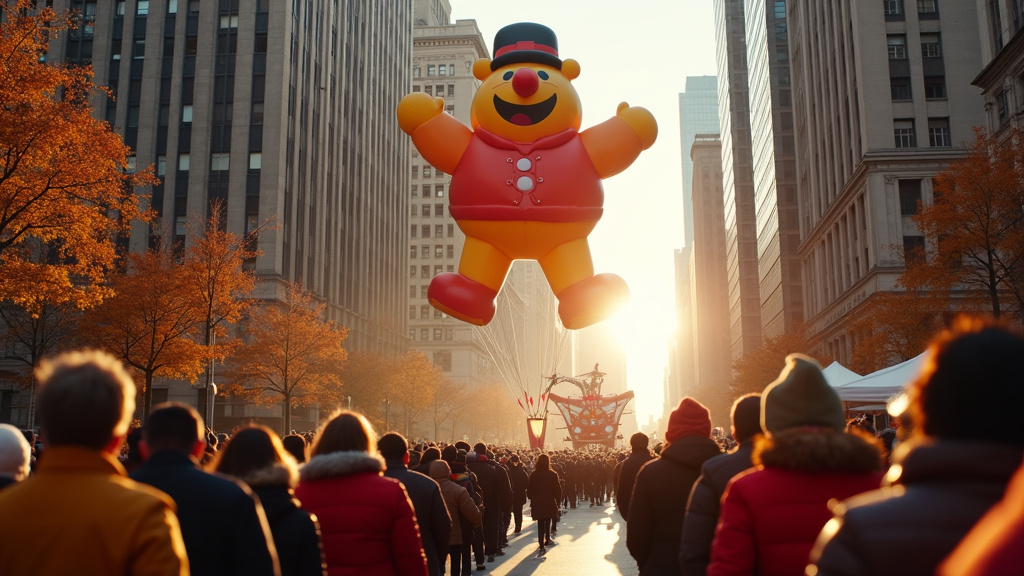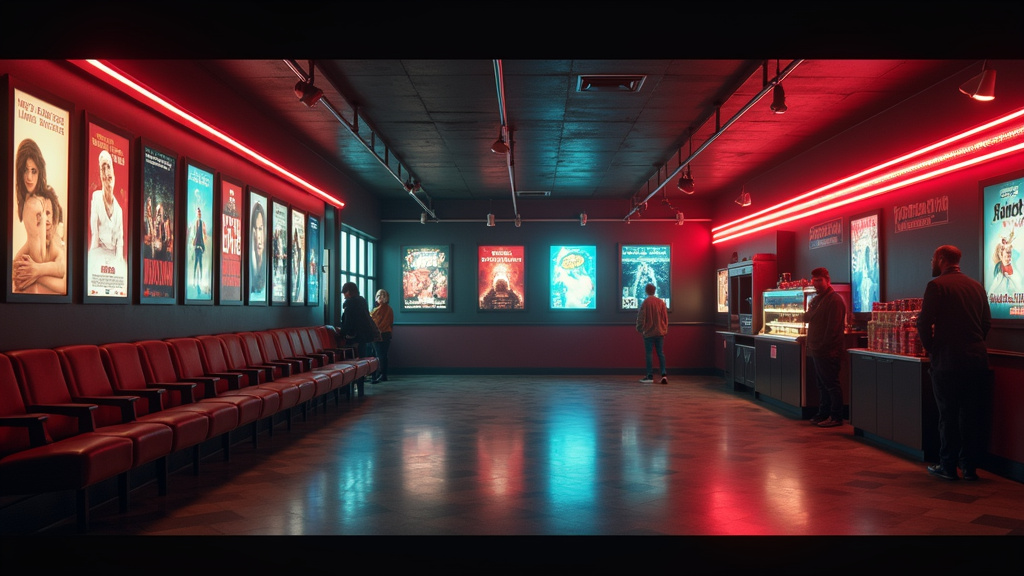CHICAGO – The City of Chicago and NASCAR officials are nearing completion of preparations for the highly anticipated 2025 NASCAR Chicago Street Race. Scheduled to transform the area around Grant Park, the event will unfold over the weekend of Saturday, July 5 and Sunday, July 6, marking the third consecutive year the city has hosted this unique urban motorsports spectacle.
This annual event features both the premier NASCAR Cup Series and the thrilling NASCAR Xfinity Series Street Races, drawing considerable attention from motorsports enthusiasts and bringing a significant influx of visitors to the downtown core. The complexity of hosting such a large-scale event within a major urban environment necessitates extensive planning and coordination.
Operational Coordination and Public Safety
Recognizing the potential impact on daily life and urban movement, the Office of Emergency Management and Communications (OEMC) is actively advising residents, spectators, and motorists. Key advisories focus on anticipated street closures, potential traffic restrictions, and significantly increased pedestrian traffic and overall crowd levels throughout the event footprint and surrounding areas.
The City of Chicago is implementing comprehensive, citywide deployments of public safety personnel and resources to ensure security and manage the event effectively. The OEMC will serve as the central command hub, maintaining continuous monitoring of event activities, prevailing weather conditions, and coordinating the deployment and management of various city resources.
Traffic Management and Accessibility
To mitigate traffic disruptions and guide vehicles around the race course and related activities, Traffic Control Aides (TCAs) will be strategically stationed at select key intersections and locations. Their presence is intended to facilitate traffic flow and assist motorists navigating the adjusted street grid.
Crucially, city officials and NASCAR organizers emphasize that accessibility will be maintained for all businesses and residences located within or adjacent to the event area. This access will be preserved throughout the entire event cycle, encompassing the intricate set-up phase, the race duration on July 5 and 6, and the subsequent breakdown period.
Community Information and Engagement
In an effort to keep the public well-informed, extensive resources are being made available. Further detailed information regarding the 2025 NASCAR Chicago Street Race, including comprehensive community brochures, detailed maps of the racecourse and access points, specific street closure information, frequently asked questions (FAQs), and parking restriction details, can be accessed online. This information hub is located at nascarchicago.com/localinfo/. Residents and visitors are strongly encouraged to consult this resource in advance to plan their movements and activities accordingly.
Public safety remains a paramount concern. As part of ongoing security efforts, the public is encouraged to remain vigilant and report any suspicious activity they may observe. This is a key component of the established “If You See Something Say Something” campaign, urging community members to contact 9-1-1 immediately to report potential concerns.
Airspace Restrictions
Adding another layer to the security and operational framework, the Federal Aviation Administration (FAA) has issued a specific restriction related to airspace use over the race area. A UAS (Unmanned Aerial System) Temporary Flight Restriction (TFR) will be in effect. This restriction prohibits unauthorized drone activity within a one nautical mile radius of the race area specifically for the duration of the event, covering July 5-6, 2025. This measure is standard practice for large public gatherings and events involving high-speed activities to ensure safety from potential aerial interference or security risks.
As the city prepares to host NASCAR for the third time, the focus remains on executing a successful and safe event for participants, spectators, and Chicago residents alike, leveraging the experience gained from previous years to refine logistics and minimize disruption while maximizing the event’s economic and cultural benefits.















